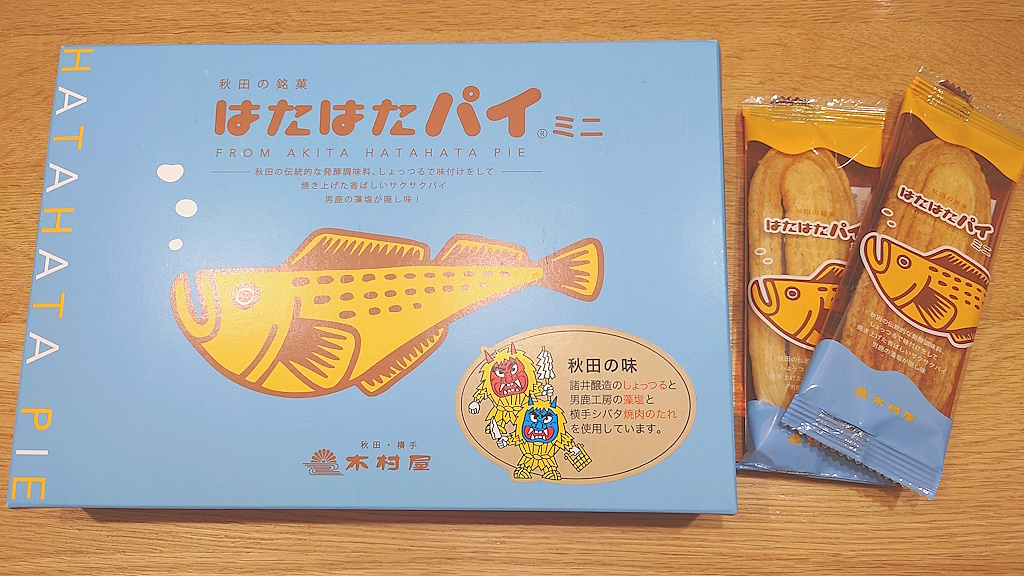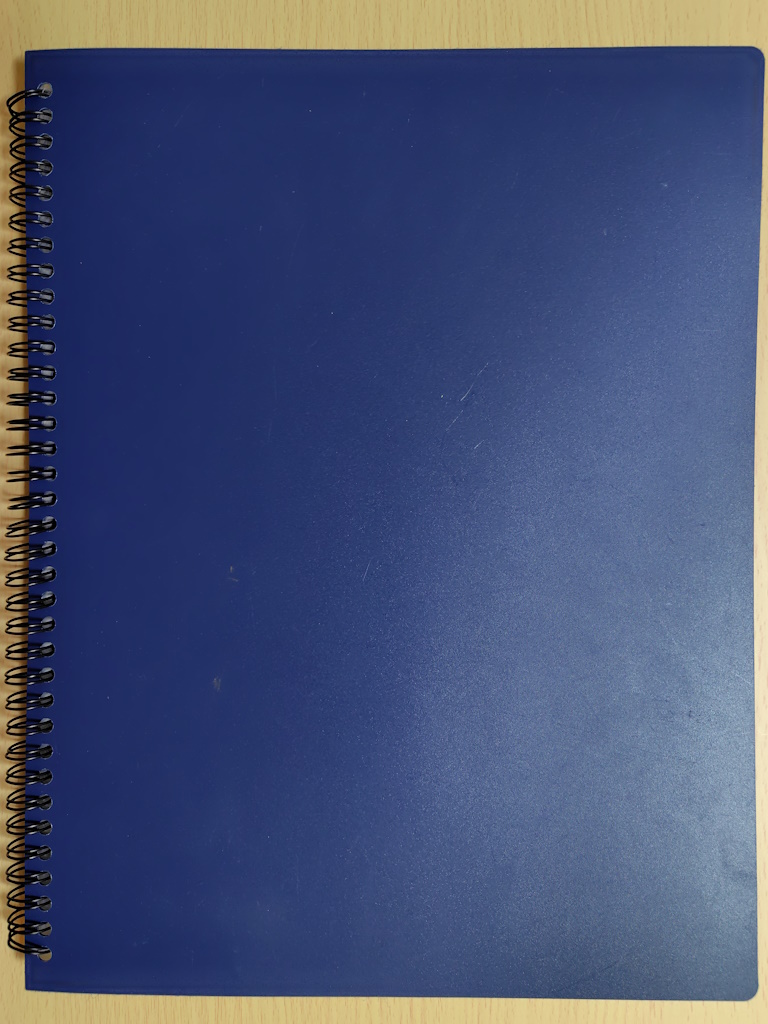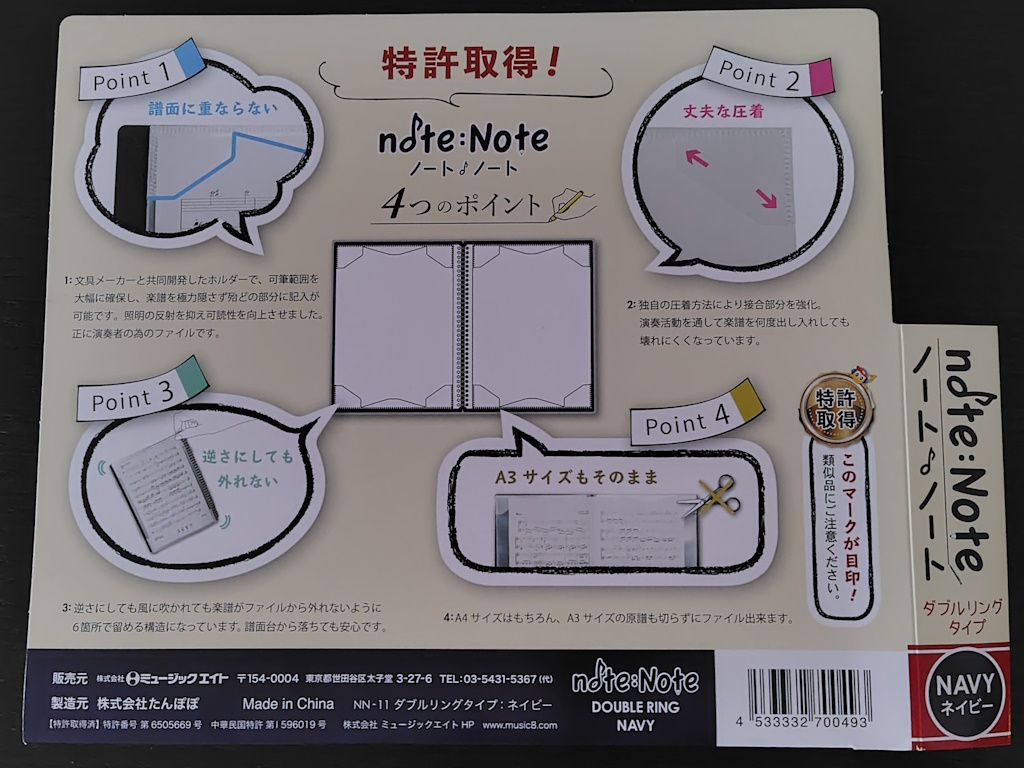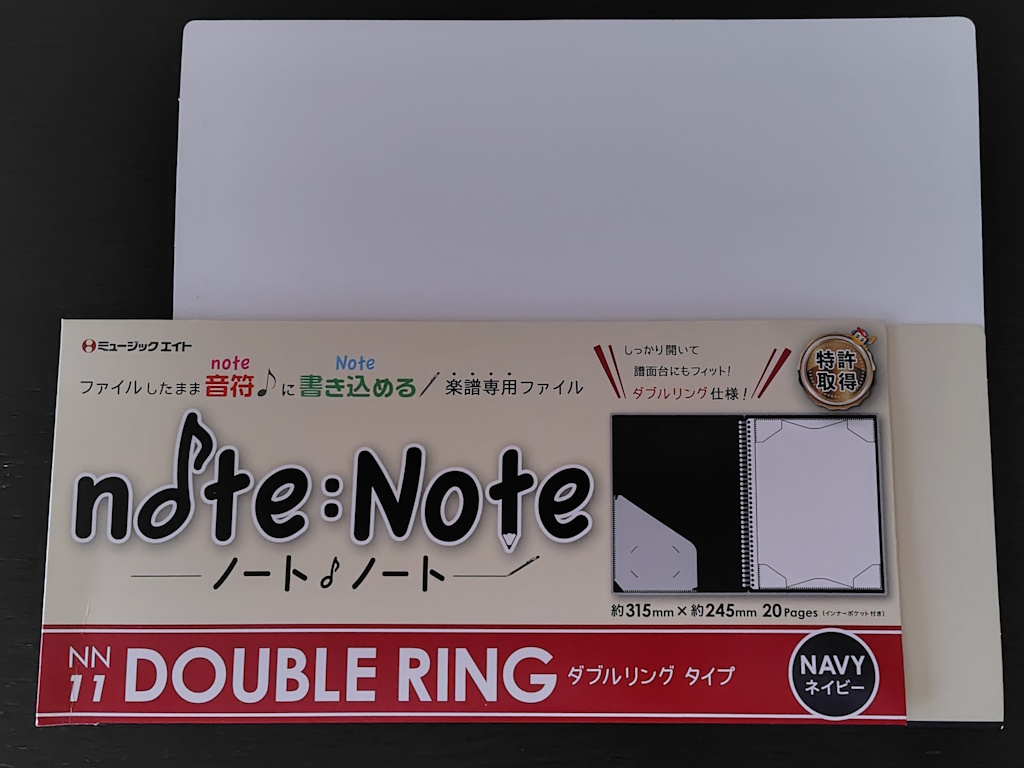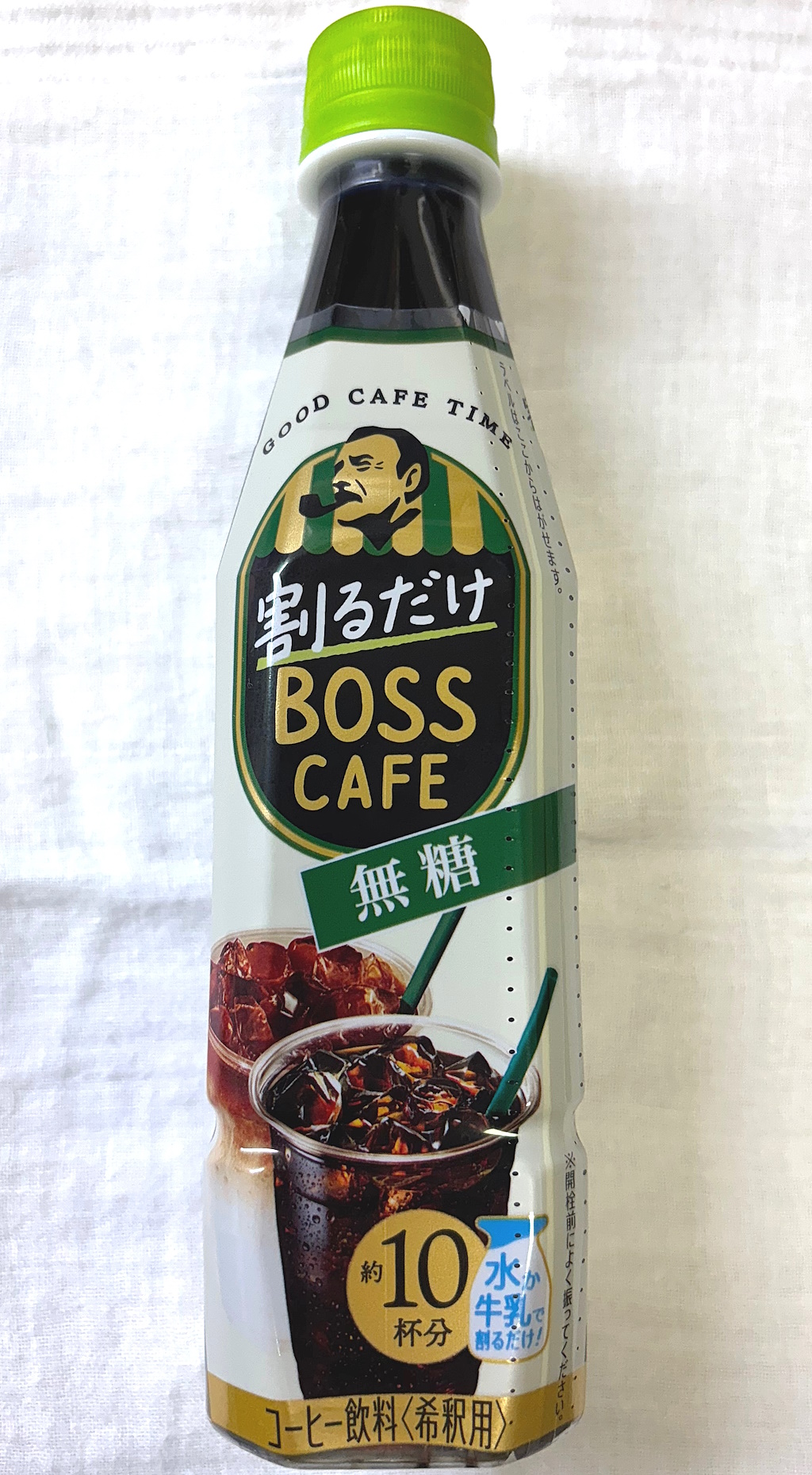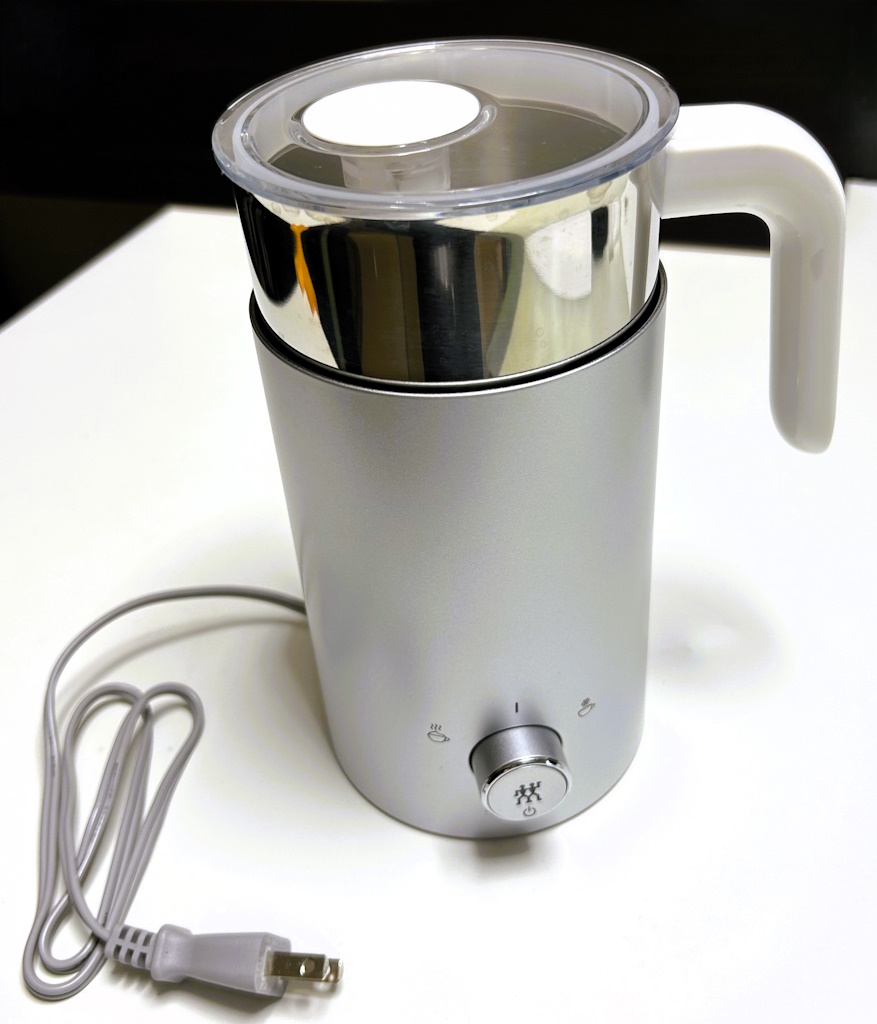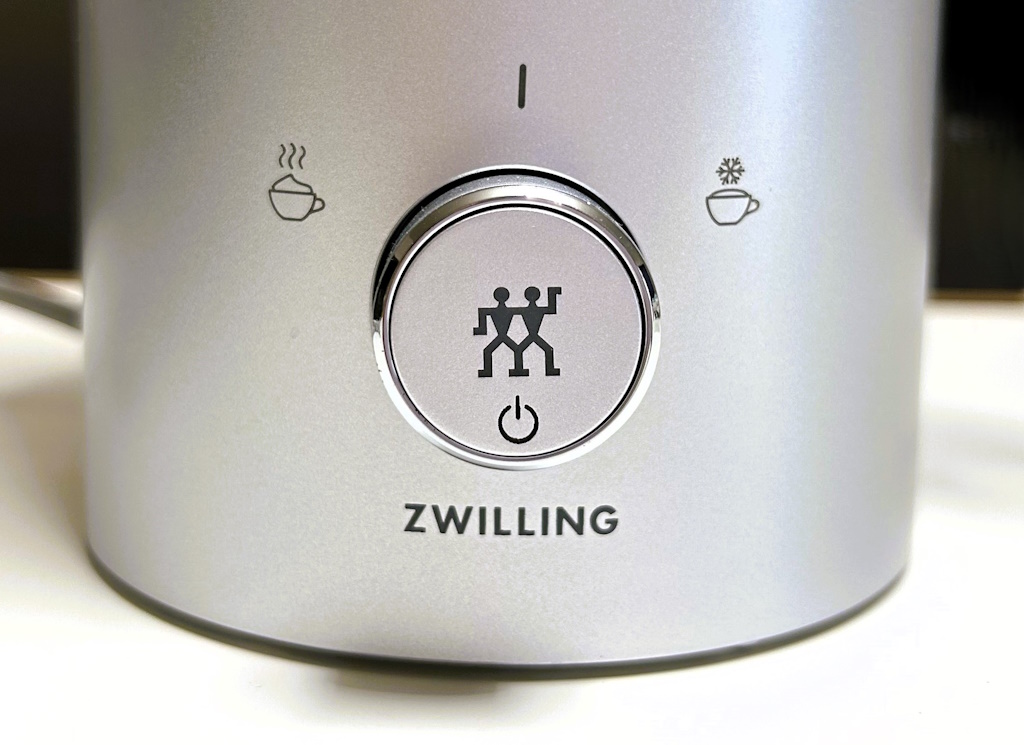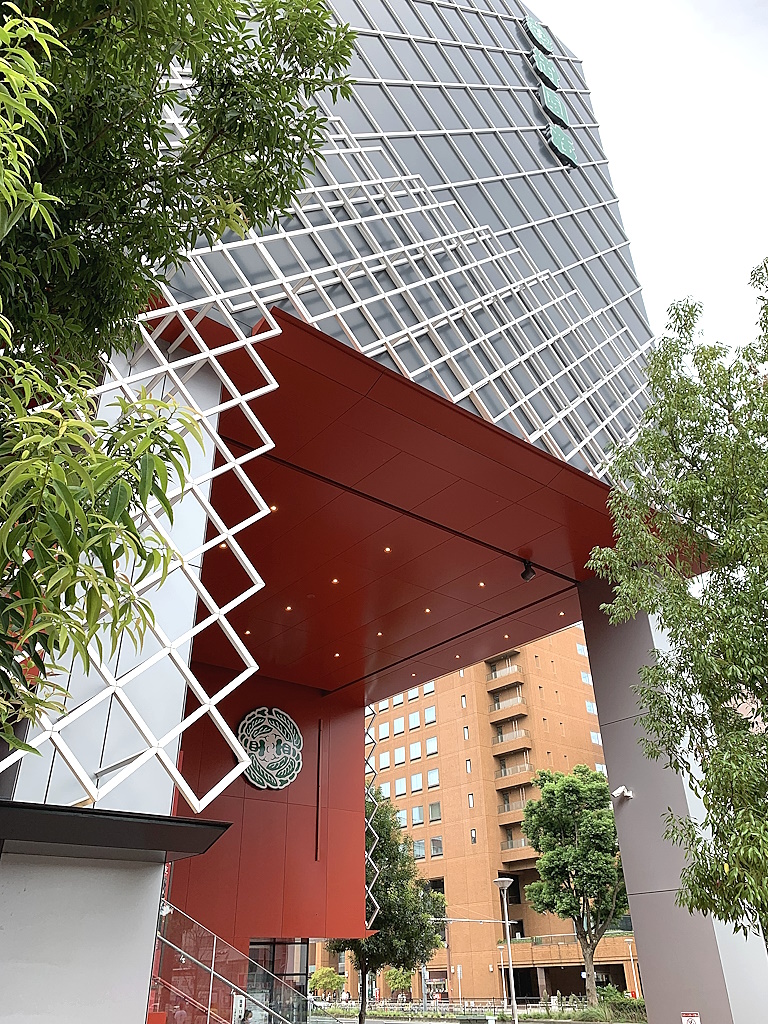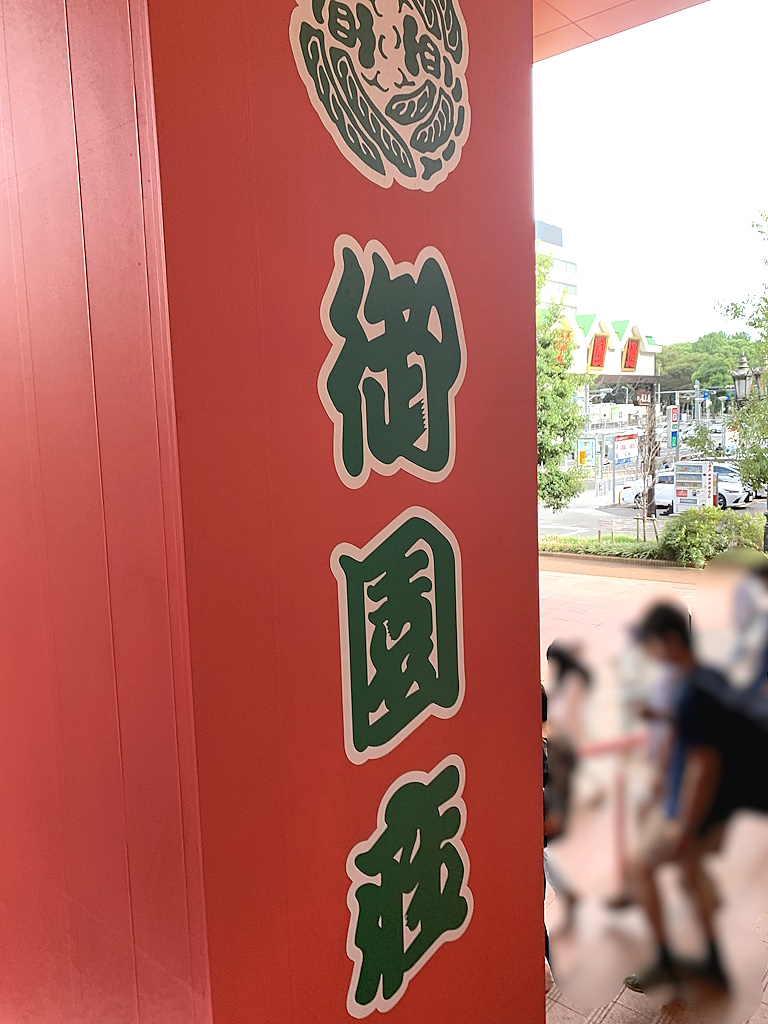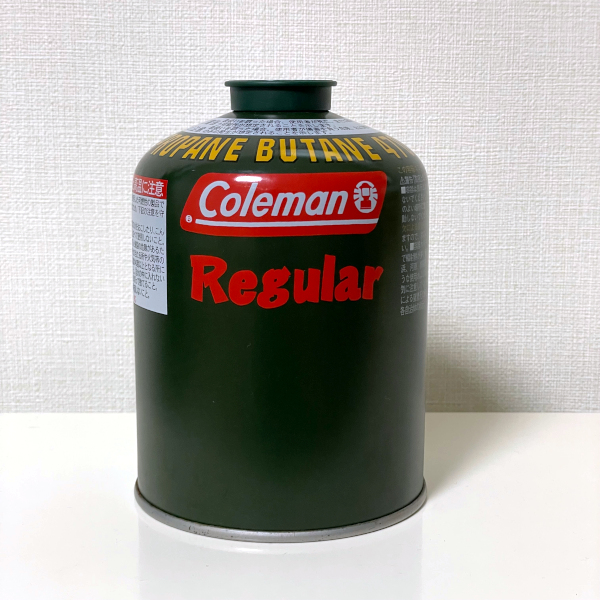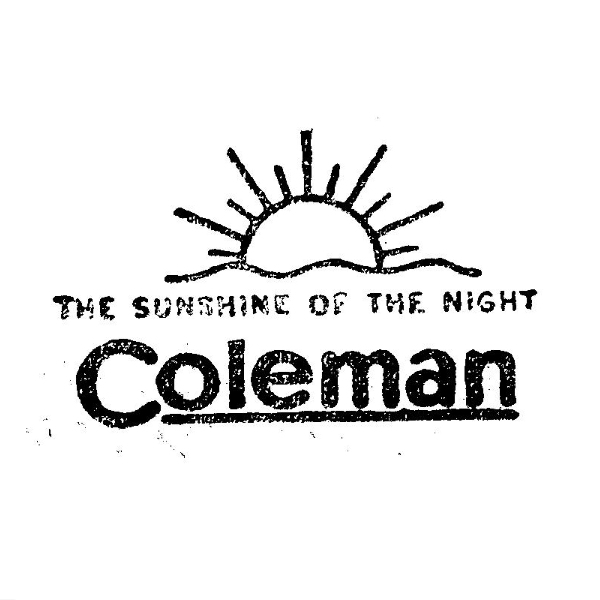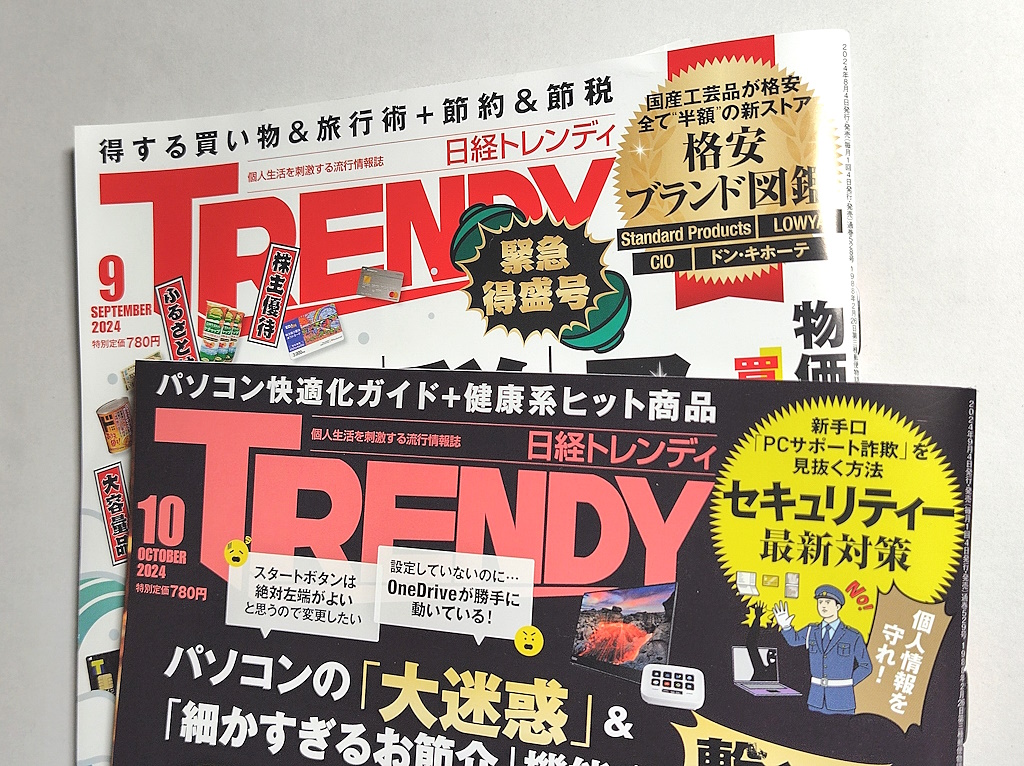The other day, when I was looking for a souvenir for my colleagues after a trip to Akita Prefecture, I came across a snack called “Hatahata Pie”.
I thought “I know about eel pie, but hatahata?”, however I was attracted by the eye-catching packaging and bought it, wondering what it would taste like.
After looking it up later, I found out that “Hatahata Pie” is a famous Akita confectionery that was created in 1977, and that it is made using salt from the Oga Workshop and “Shibata Yakiniku no Tare (Shibata Yakiniku sauce)” from Yokote city, and is baked into a shape that resembles hatahata, and then coated with “shottsuru”, a traditional fermented seasoning from Akita. Hatahata (Japanese sandfish) is the prefectural fish of Akita.
The founder of Kimuraya, which now includes the Hatahata Pie as one of its signature products, Kusuke Yamashita, trained at the famous Kimuraya in Tokyo, where he learned the art of making anpan (sweet buns filled with bean jam), and is said to have invented the wrapping material of aluminum foil used to wrap yokan (sweet bean jelly) and the oburato (wafer paper) used to wrap medicine.
“Hatahata Pie” was registered as a trademark in 2015 for designated products as a pie pastry (Japanese Trademark Registration No. 5730530).
The “Hatahata Pie”, which makes full use of the characteristics of the local area, was a delicious snack with a subtle salty flavor and a delicious aroma.
The prefectural fish of Aichi is the Japanese tiger prawn, and there are many snacks such as shrimp crackers, so please take them as a souvenir when you visit Aichi. (Syszo)
